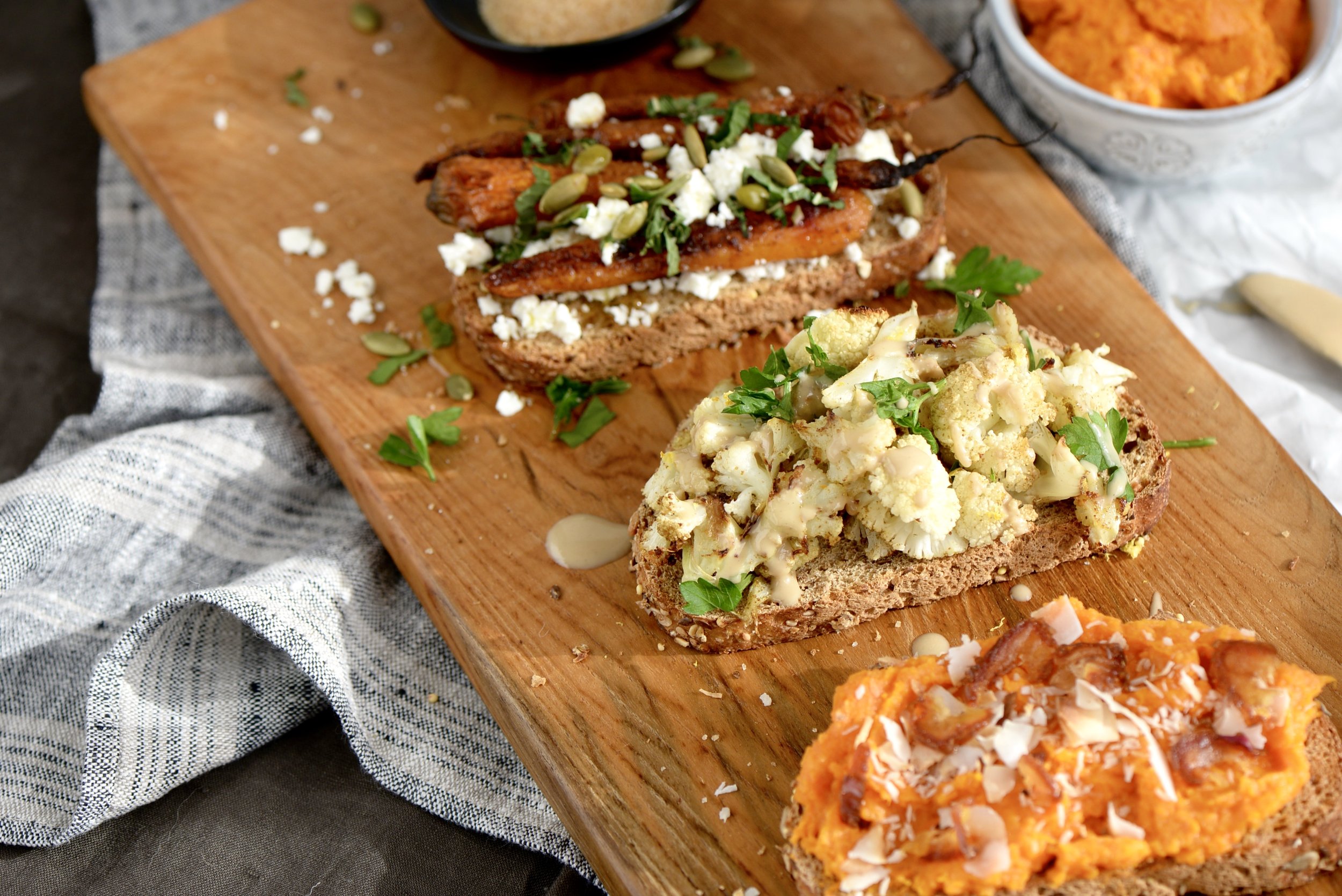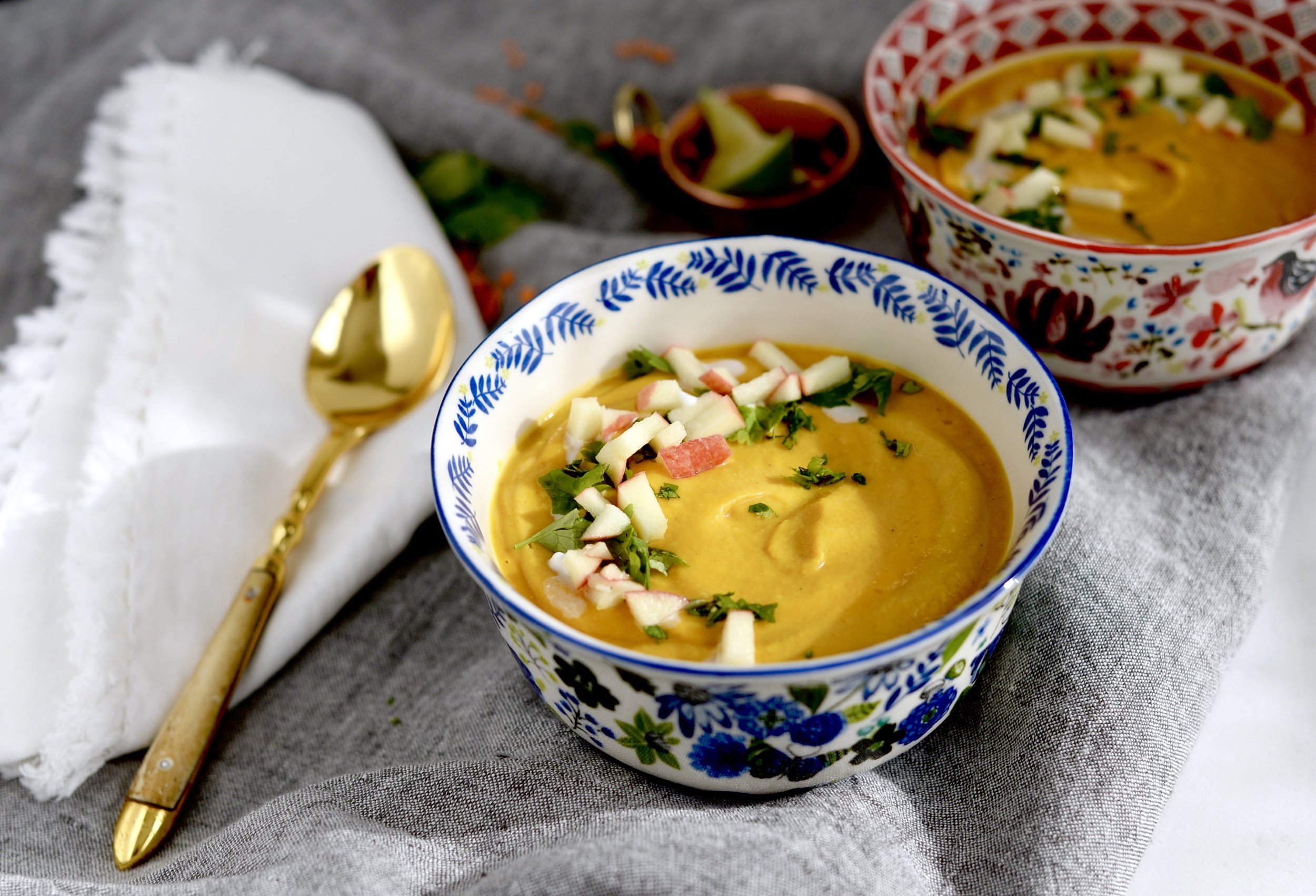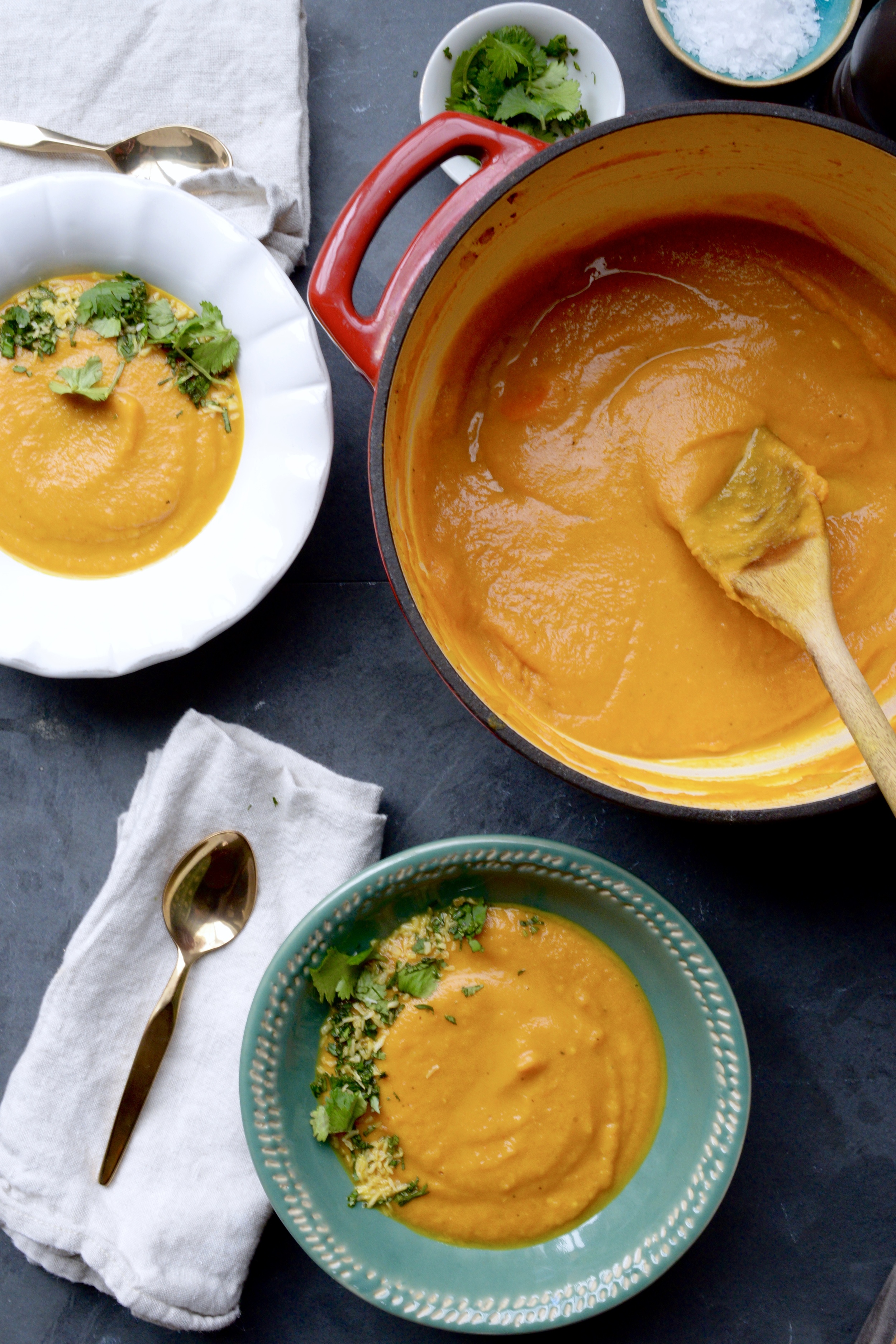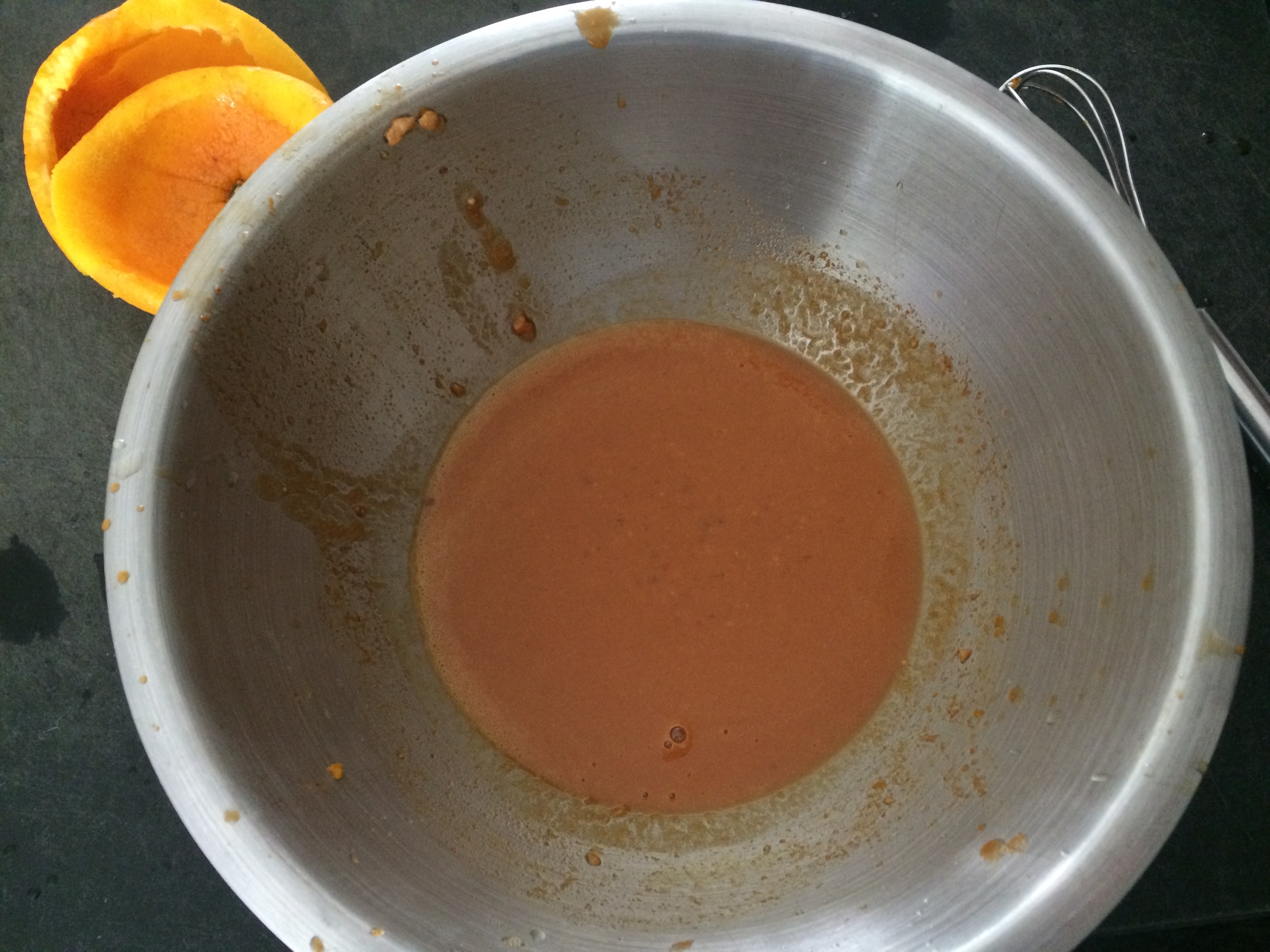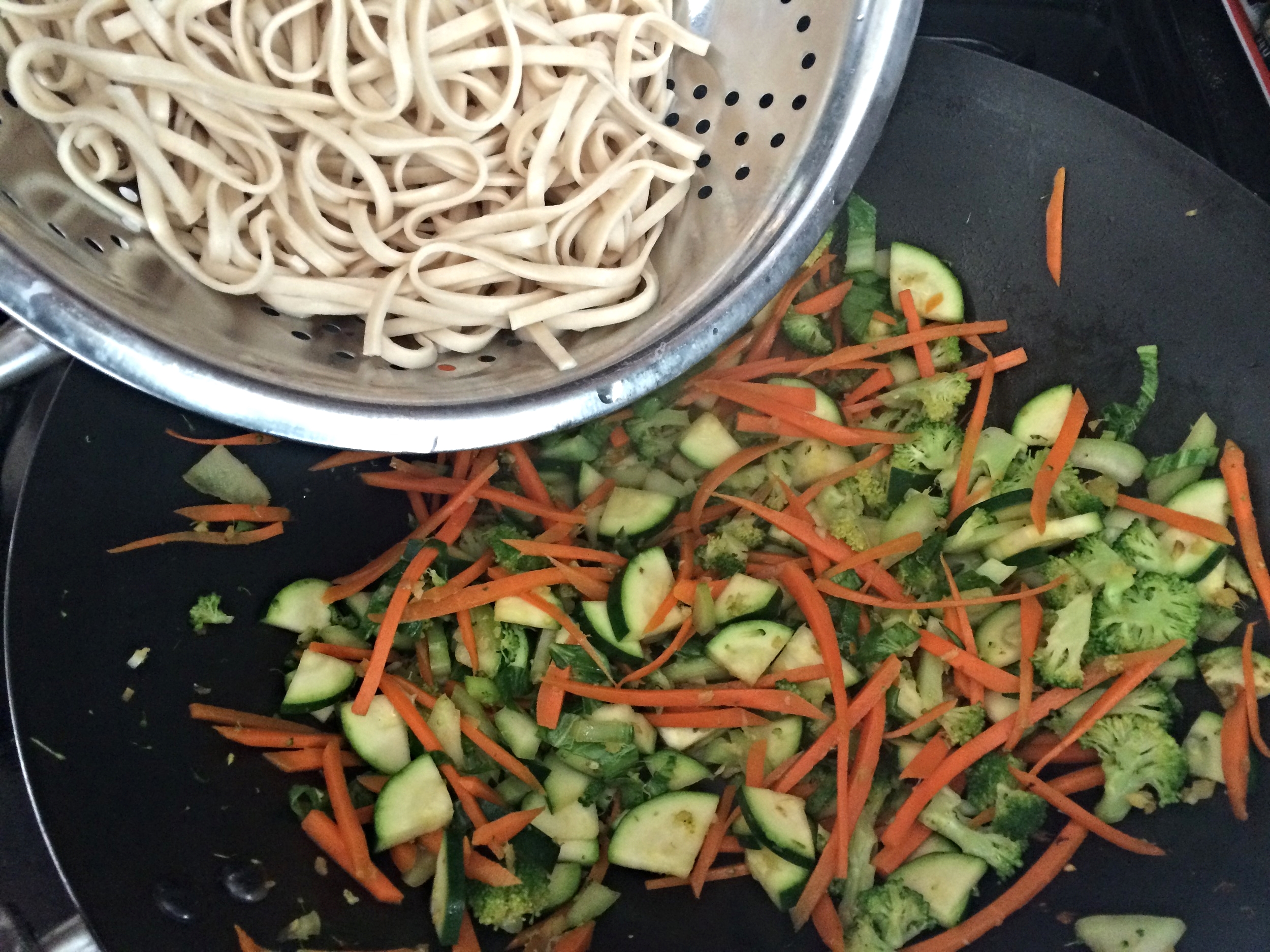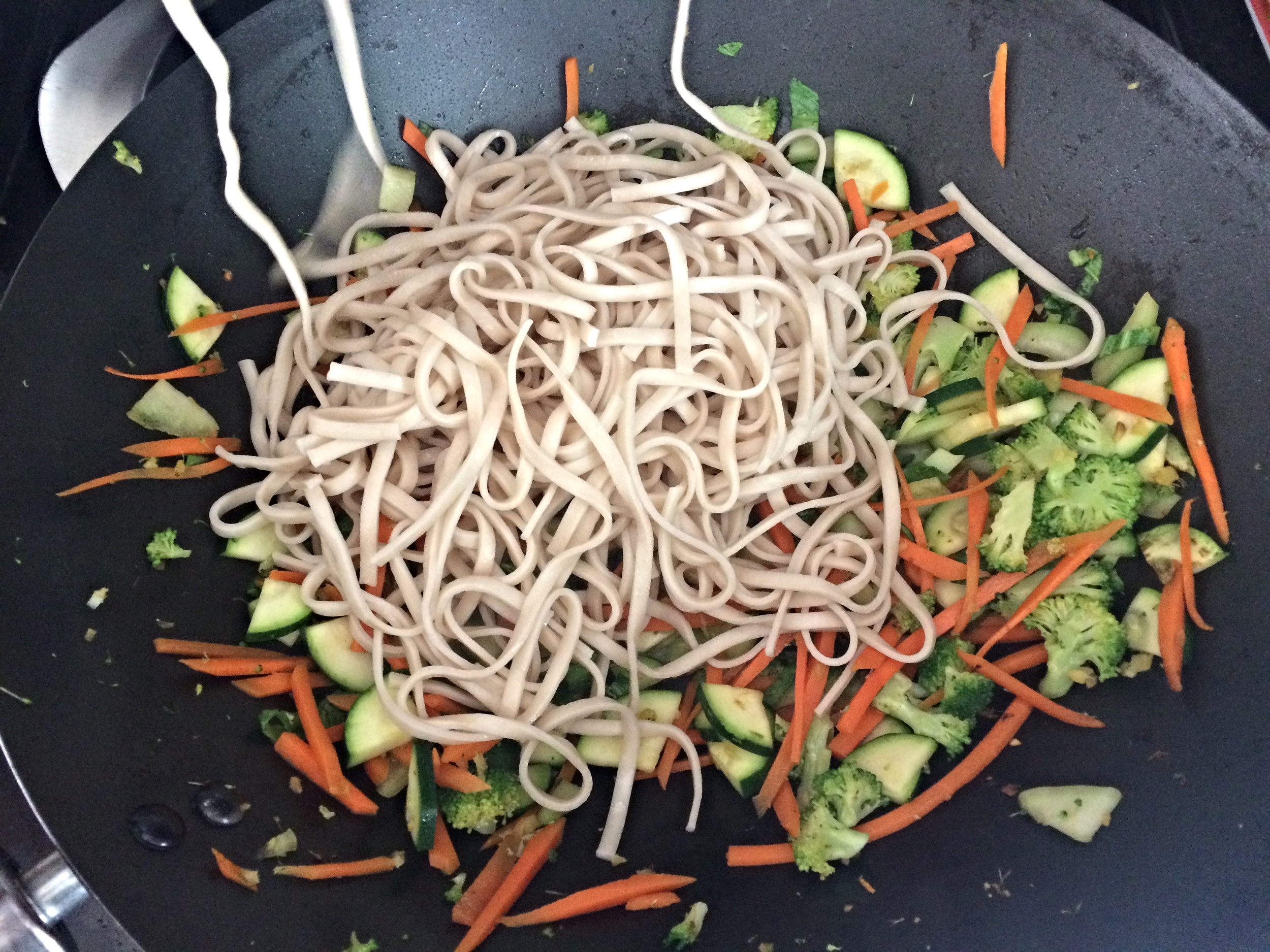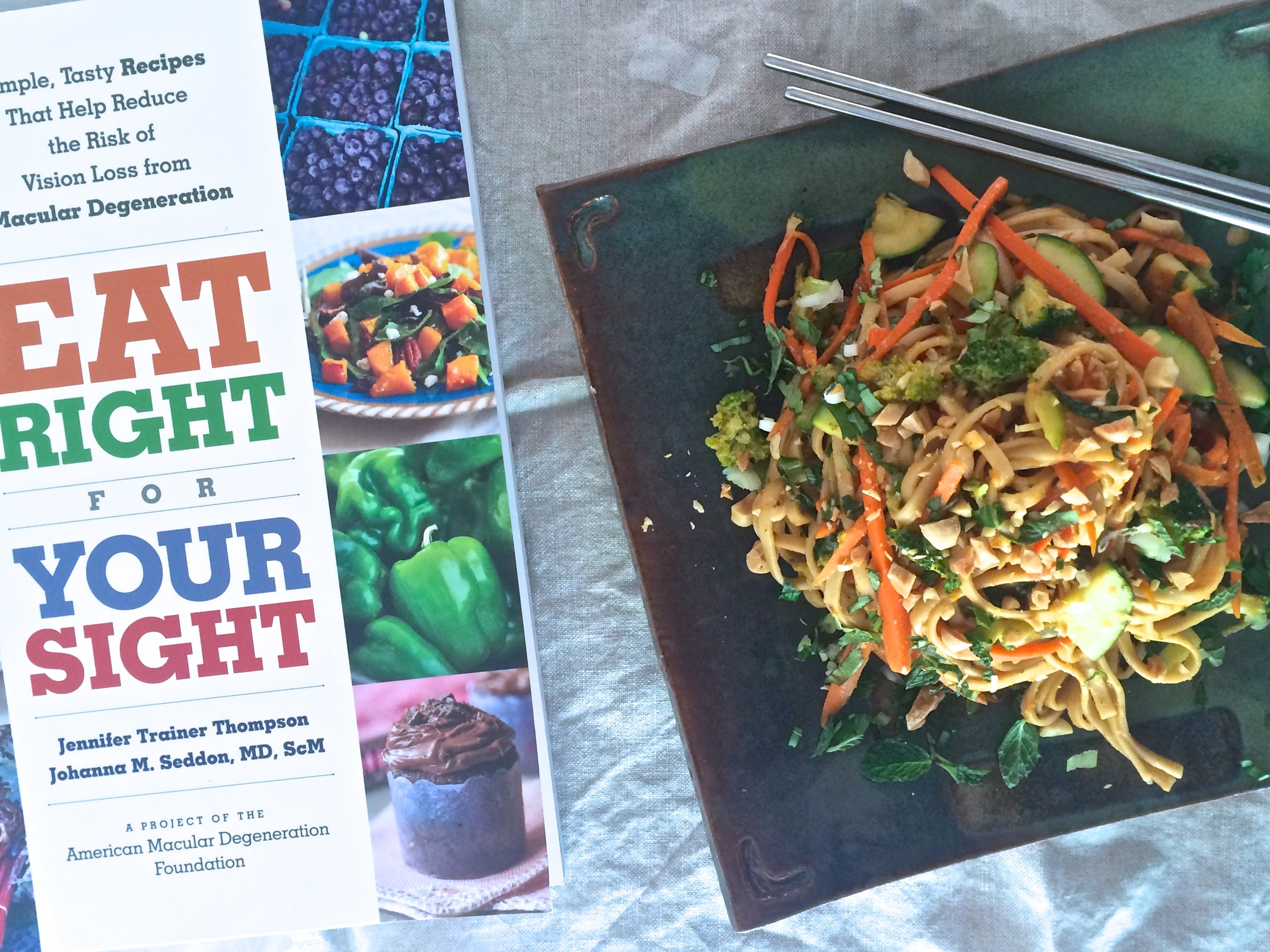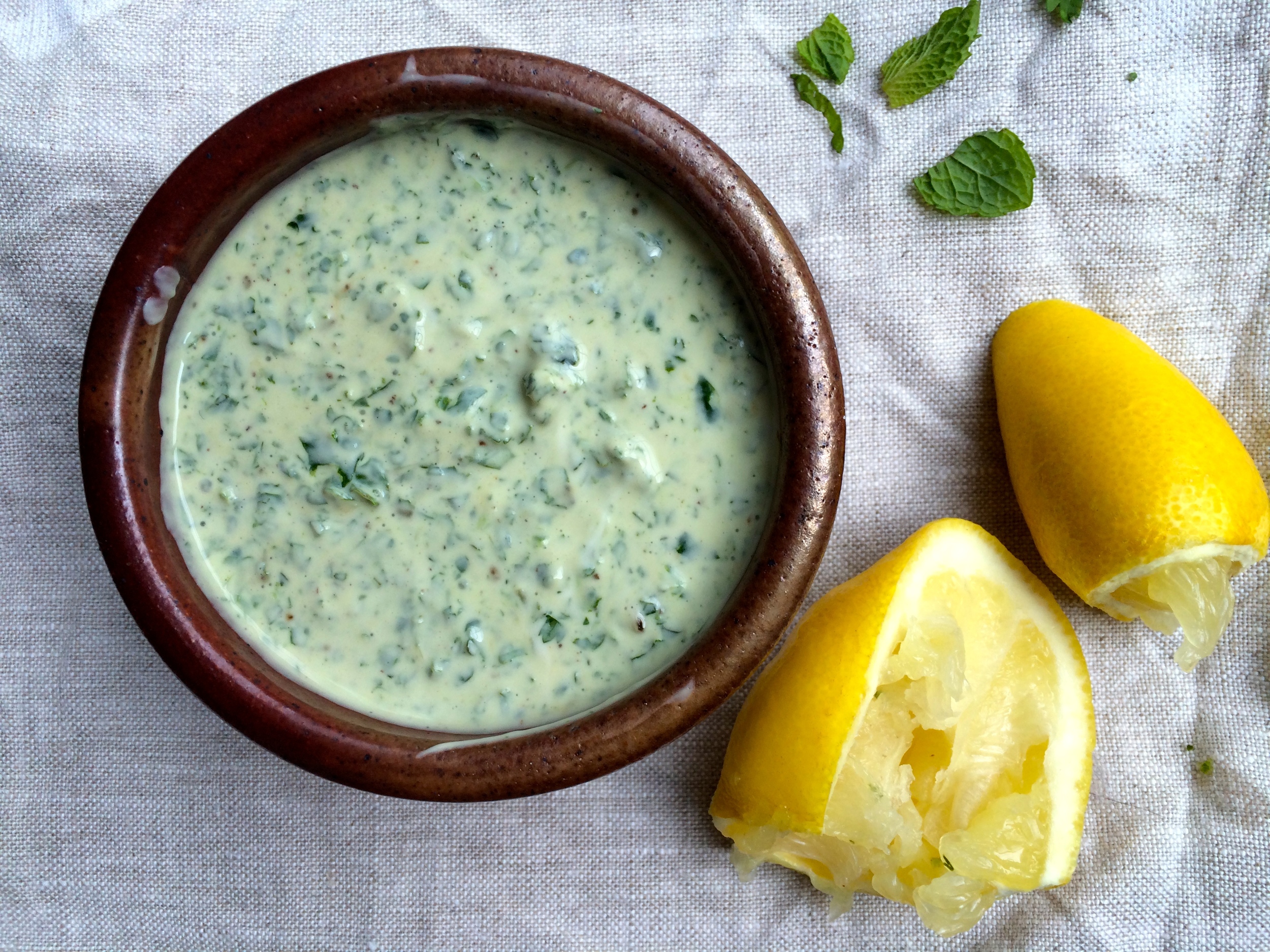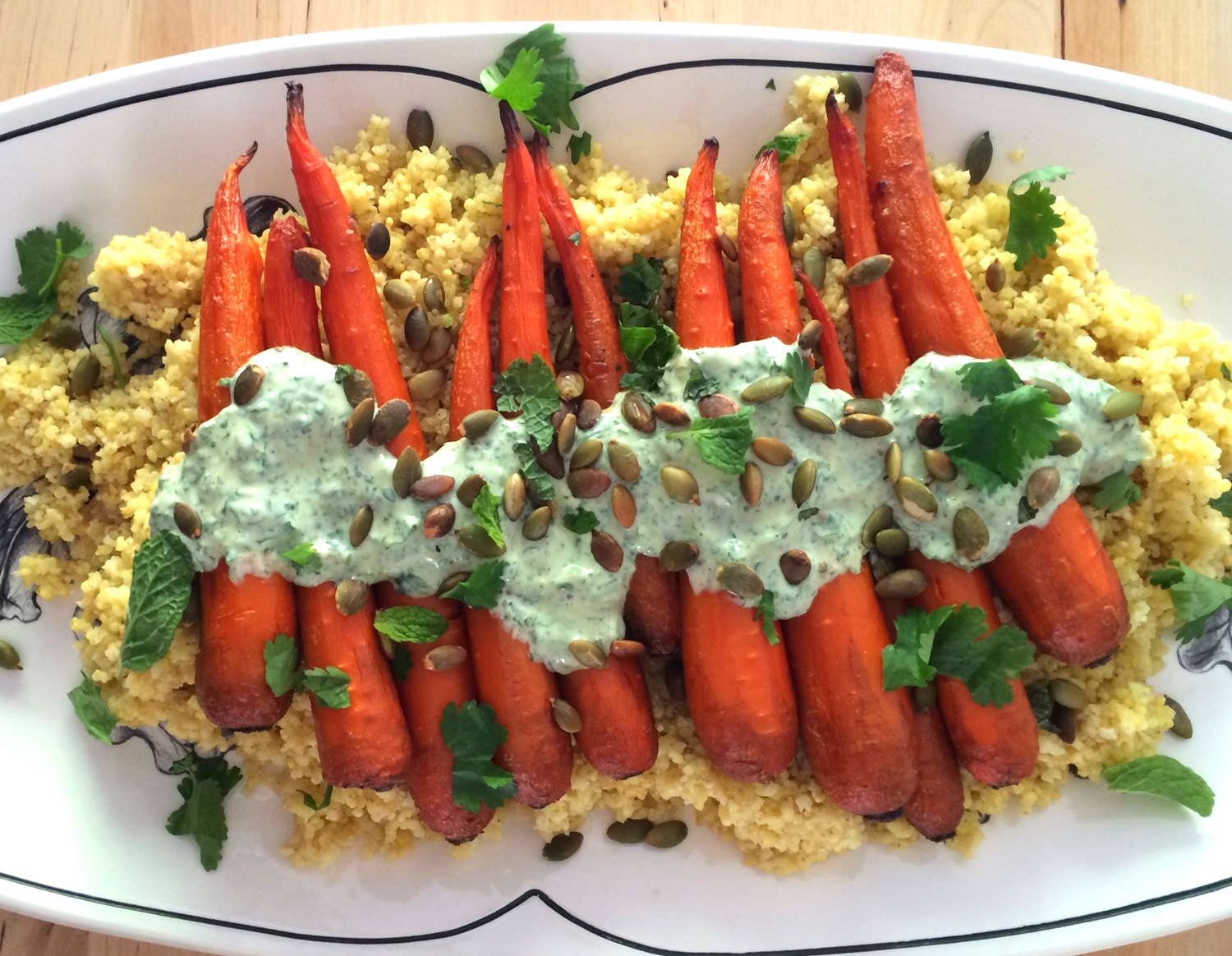I am sure you have all heard that carrots are good for your eyes. Or at least that is what your mother told you to get you to eat your carrot sticks. But it is true! They contain vitamin A and beta carotene which help with the maintenance of the retina. But do you know what else are good for your eye health? It turns out, a lot of things. It is undeniable that nutrition affects not only how your body feels, how your body appears, but more importantly, how your body functions. As we age, it becomes crucial to support and maintain some of those body parts and systems that start to fade with our diet. Eating consciously can help slow some of those natural processes.
One such natural process of aging is vision loss. For example, age-related macular degeneration (AMD) is the leading cause of vision loss for those aged 55 and older in the United States and affects more than 10 million Americans. AMD results from the breakdown of the macula of the retina which then causes loss of central vision. You probably know someone who has experienced this incurable disease. The only cure is prevention and prevention comes in the form of a diet rich in particular nutrients.
May is Healthy Vision Month and as a daughter and sister to two ophthalmologists who see how this disease debilitates so many patients, I feel compelled to share preventative measures you can take in the kitchen to help prevent eye diseases such as macular degeneration. The American Macular Degeneration Foundation (AMDF) recently released a book entitled Eat Right for Your Sight, and it is an invaluable resource to those wanting to use their diet to reduce their risk of vision loss or slow the process if it is already occurring. It not only offers an easy-to-understand explanation of the disease and lists what nutrients and how much of those nutrients are vital to healthy eyes, but it also offers original recipes with ingredients that contain those nutrients. Some recipes are contributed by famous chefs such as Alice Waters, Ina Garten, and Andrew Weil, and all are easy to read (and I mean literally- the font is large!) with readily available ingredients. I always love a cookbook with good pictures, and this one has some great ones.
The major eye-healthy nutrients highlighted throughout the recipes are:
- Beta-Carotene (carrots, winter squash, spinach, cantaloupe)
- Lutein/ Zeaxanthin (aka carotenoids) (greens such as kale, spinach, broccoli, and eggs, and tomatoes)
- Omega-3 Fatty Acids (salmon, walnuts, flaxseeds, sardines)
- Vitamin A (sweet potatoes, carrots, beef liver, dried apricots, butternut squash)
- Vitamin C (oranges, kiwi, strawberries, red bell peppers)
- Vitamin D (salmon, mushrooms, beef liver, eggs, fortified milk)
- Vitamin E (almonds, sunflower seeds, peanut butter, avocados, wheat germ)
- Zinc (shellfish, cocoa powder, peanuts, fortified breakfast cereal, beef)
One particular note that I appreciated in this cookbook was the page highlighting "Good Food Combos." For example, Vitamin C enhances the absorption of iron from plant-based sources so they recommend serving citrus or strawberries with spinach. Vitamin D enhances calcium absorption. Furthermore, healthy fats are essential to optimum nutrient absorption of fat soluble vitamins A, D, E, K. They suggest pairing avocado with grapefruit, olive oil with carrots, dressing with greens, or broccoli rabe with pine nuts, as I do in my Broccoli Rabe and Chickpeas with Toasted Garlic Breadcrumbs and Pine Nuts.
You can find a link to some of the recipes featured in the book here, and a link to more information about AMD and the American Macular Degeneration Foundation here.
I strongly recommend this cookbook as a gift to anyone who has an older family member or friend. Or if you are of that age, it is worth the investment. It is a wonderful resource to anyone looking to understand their health and to take charge of reducing the risk of vision loss that can come with aging.
After reading through the book and making a note of way too many recipes I wanted to try, I settled on the Spicy Udon Noodles because I had been craving something with exotic flavors. Other recipes that I dog-eared for later were the:
- Carrot-Cumin Soup
- White Bean Soup with Kale
- Celery, Grapefruit, and Avocado Salad
- Crunchy Cabbage Salad
- Mango Pico de Gallo
- Rice Paper Salmon with Satay Drizzle
- Broccoli with Sun-dried Tomatoes and Pine Nuts
- Blueberry Smoothie
- Jody's Peach Soup
These noodles are addicting. They are a little sweet, a little spicy, veggie-packed, and delicious. It recommends you choose six cups of mixed vegetables, and I chose zucchini, broccoli, bok choy, and carrots. The addition of red bell peppers would have increased the Vitamin C in the dish, but I completely forgot to pick them up from the store. The sauce comes together in a pinch and you sprinkle everything with aromatic basil, mint, cilantro, and roasted peanuts. I made a few modifications to the recipe based on what I had on hand, and you can see my changes in the parentheses. I also modified the cooking procedure just a little as it suggested to add all of the vegetables at once, but I felt certain vegetables (namely the broccoli and carrots) would need a little more time than the zucchini and bok choy. This is reflected in the instructions you see below. I added chopped scallions at the end to garnish with the fresh herbs although it recommends adding them in with the other vegetables to saute. Give this recipe a whirl- either the original version or mine. Your tastebuds will thank you, as will your eyes.
Spicy Udon Noodles
Zest and juice of 1 orange
2 tablespoons hoisin sauce (I used peanut butter)
1 tablespoon low-sodium soy sauce (I used low-sodium tamari)
1 tablespoon Asian chili paste (I used Sriracha)
11/2 tablespoons sugar (I used 1 1/2 large pitted dates)
11/2 tablespoons rice wine vinegar
1 tablespoon toasted sesame oil
1 tablespoon canola oil (I used coconut oil, melted)
11/2 tablespoons minced garlic
11/2 tablespoons minced fresh ginger
6 cups mixed cut raw stir-fry vegetables (broccoli, bok choy, zucchini, onion, scallion, red bell peppers, carrots) (I used broccoli, carrots, zucchini, and bok choy)
3 cups cooked udon noodles (9 ounces dry)*
1/4 cup freshly chopped basil leaves
1/4 cup freshly chopped mint leaves
1/4 cup freshly chopped cilantro leaves
2 tablespoons chopped dry-roasted peanuts, for garnish
Make the sauce. Combine the orange zest and juice, hoisin sauce (or peanut butter), soy sauce, chili paste, sugar (or dates), and vinegar in a bowl; set it aside. If you are using peanut butter and dates like I did, I found it easier to puree everything in a mini food processor.

